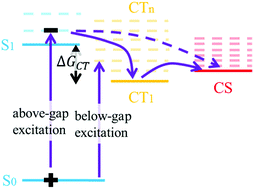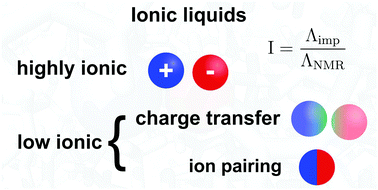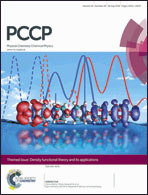We are delighted to announce that PCCP’s Impact Factor* has increased to 4.19.
PCCP has a large and truly international readership, which spans many communities in the broad fields of physical chemistry, chemical physics and biophysical chemistry.
With fast publication times and great author service, PCCP remains the ideal home for high-quality research.
We thank all of our authors, referees and Board members for their continued support of the journal.
We invite you to submit your next high-quality paper to PCCP.
Read more about the 2013 Impact Factors from across RSC Publishing on the RSC Publishing Blog.
*The Impact Factor provides an indication of the average number of citations per paper. Produced annually, Impact Factors are calculated by dividing the number of citations in a year by the number of citeable articles published in the preceding two years. Data based on 2013 Journal Citation Reports®, (Thomson Reuters, 2014).












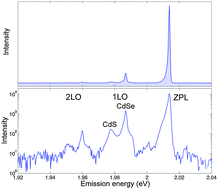
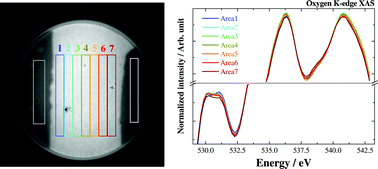
 mechanical properties, including high thermal conductivity and electrical resistivity, whilst being chemically reactive but also environmentally benign. RDX was coated with different proportions of nanodiamonds to try to stabilise the explosive. This is important as you don’t want explosives to detonate if they are accidently heated when in storage.
mechanical properties, including high thermal conductivity and electrical resistivity, whilst being chemically reactive but also environmentally benign. RDX was coated with different proportions of nanodiamonds to try to stabilise the explosive. This is important as you don’t want explosives to detonate if they are accidently heated when in storage.